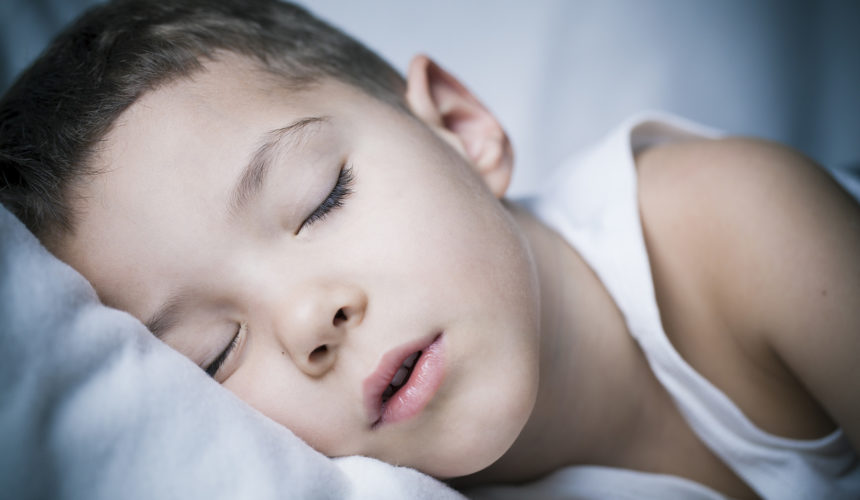Bed wetting can be an embarrassing time for many kids, especially as they head into ‘sleep over’ age with their friends and family.
If you’ve tried the whole “No drinks after 5pm” trick, or waking them up for the toilet before you go to bed, and it’s just not working for them – then keep reading, as this might just be the solution you need.
Primitive Reflexes
Let’s talk about primitive reflexes and how they influence our children’s development. Primitive reflexes are developed in the womb and continue to influence baby’s movement in the first year of life. Some of these reflexes are ‘switched off’ or disappear when bubs is born (which leads to a whole other discussion if baby was delivered via C-section). Other reflexes are switched off when children reach important milestones such as the strengthening of neck muscles, crawling, walking, eating solids etc.
If these primitive reflexes remain present in your child, this is when you may find signs or symptoms of visual and spatial issues, hyperactivity, learning difficulties and other developmental delays. Bed wetting is among these signs.
The Spinal Galant Reflex
The important reflex related to bed wetting in children over 5 is called the Spinal Galant Reflex.
If your child has retained the Spinal Galant Reflex, it’s unlikely that holding off drinking before bed or other recommendations will work.
So how can you tell if your child has retained the primitive Spinal Galant Reflex?
It’s actually a pretty simple test.
- Have your child get down on their hands and knees. Ensure their arms and legs are straight.
- Take a pencil and gently run it down one side of your child spine, following from the top of the neck to their lower back in one smooth movement.
- Repeat on the other side of the spine.
(P.S. these tests work on adults too!)
What to look for
Look for your child’s reaction to the movement of the pencil. Indications of a retained Spinal Galant Reflex are:
- Wriggling;
- Discomfort;
- Feeling ticklish;
- Dipping/arching of the back;
- Falling or toppling over; or
- A nervous twitch/response.
If your child has any of the above reactions, it’s highly likely they’ve retained the Spinal Galant Reflex.
The good news is, we can balance this with Kinesiology so if you’d like to investigate this further, book your child in for a Balance at Flourish Kinesiology.

Comments are closed